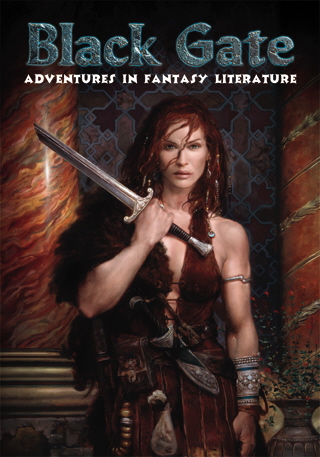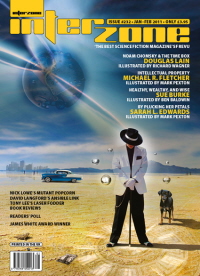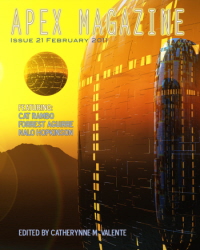First Jetpacks. And Now a Robot Orders a Scone
 It’s been a good week for the future.
It’s been a good week for the future.
Just a few days after we announced the tardy arrival of jetpacks (finally!) here in the 21st Century, a robot was spotted ordering a scone in Mountain View, California.
Yes, a real robot. This future overlord of humanity was manufactured by Anybots, Inc. (also of Mountain View), and was caught on camera purchasing a pastry at Red Rock Coffee by Aaron96121, who posted this amusing 5-minute video on YouTube.
Anybot specializes in “telepresence robots,” that are controlled remotely and allow people to attend meetings around the world. They are mounted on a motorized base and can be controlled from any computer through a web browser. They also have built-in video and voice capability, and reportedly retail for $15,000 – $30,000.
They’re also decent tippers, if the video can be believed. This particular robot was fetching a scone for its current master, an Anybot engineer, doubtless before returning to its normal routine of plotting the eventual overthrow of mankind.
As one astute commenter at YouTube posted, “I for one welcome our scone-eating robot overlords!” Amen to that, brother. As long as I get a jetpack.
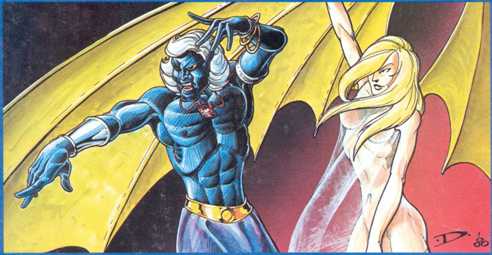
 I wonder if elementary school children today have as inspiring a model on animated television shows as I did when I was ten years old. My hero was Penny Gadget from the syndicated series Inspector Gadget.
I wonder if elementary school children today have as inspiring a model on animated television shows as I did when I was ten years old. My hero was Penny Gadget from the syndicated series Inspector Gadget.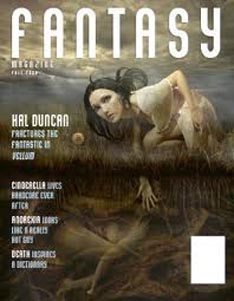

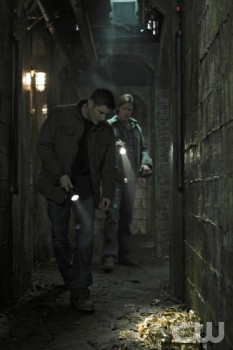 When we
When we 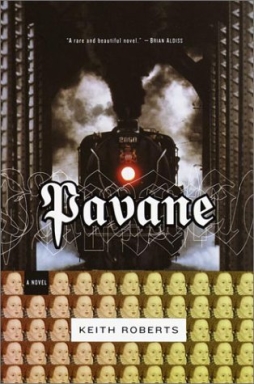 I’ve always been fascinated by history, which is one reason why
I’ve always been fascinated by history, which is one reason why 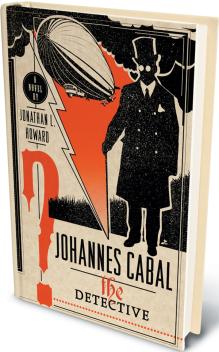 I have been asked to write a few words on how the Johannes Cabal novels came to be published with a particular view to explaining some of the intricacies of the publishing trade. Because I am nothing if not didactic (“Didactic” means, among other things, to speak in a lecturely manner. I hope you’re taking notes – there will be a test afterwards), I have also added a few notes of advice at the end for folk who want to get into the professional novel writing gig.
I have been asked to write a few words on how the Johannes Cabal novels came to be published with a particular view to explaining some of the intricacies of the publishing trade. Because I am nothing if not didactic (“Didactic” means, among other things, to speak in a lecturely manner. I hope you’re taking notes – there will be a test afterwards), I have also added a few notes of advice at the end for folk who want to get into the professional novel writing gig.